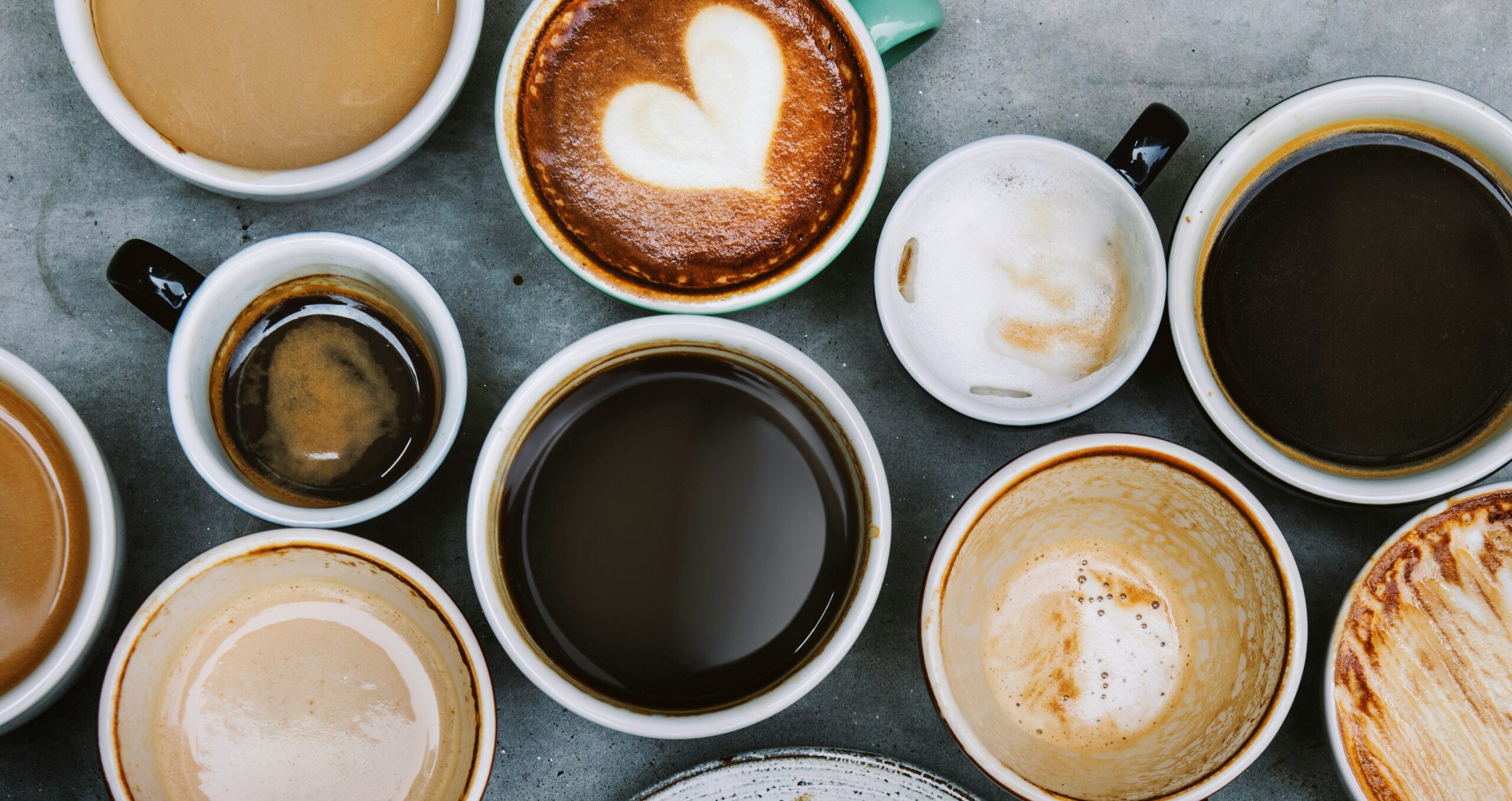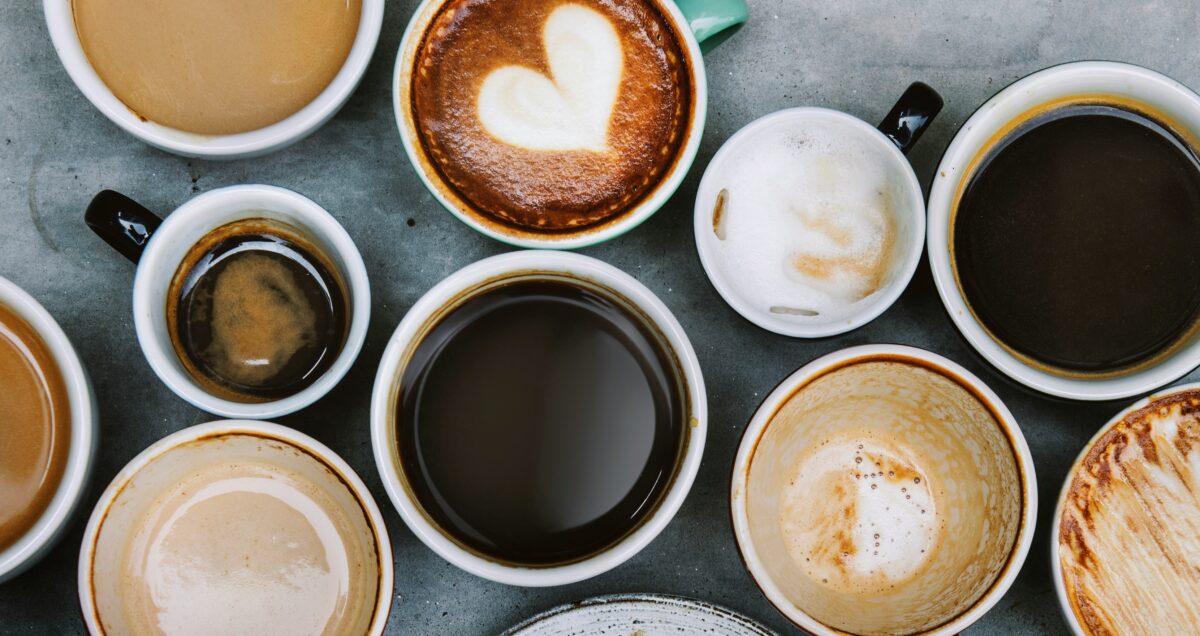
Also called Queensland cherry, salamander tree, currant tree, bugney and by its scientific name antidesma bunius, bignay is a fruit that’s little known in the Philippines’ urban areas.
Yet bignay has many health benefits. It contains vitamins A, C, E and B1, aside from iron, minerals, potassium and phosphorus, according to healthbenefitstimes.com. Because of its antioxidant properties, bignay is said to lower cholesterol, help fight cancer and help maintain a healthy heart. That’s a whole wealth of benefits for such a tiny fruit—just 8 to 10 mm long.
Indigenous to Southeast Asia and Western Australia, bignay is rarely cultivated and grows wild in the second growth forests throughout the country, according to Doreen Gamboa Fernandez in her book “Fruits of the Philippines.”
The fruits grow in long clusters, much like grapes, and look very pretty when they hang from the tree. Ranging in color from yellow to red to purple, they’re sour when first they bloom, but taste cautiously sweet when they ripen.
The first time I tasted bignay was in the form of a fruit juice, which I bought from a store in Los Baños several years ago. It was very sweet and refreshing.
Last week, thanks to Clara Reyes Lapus, president of Mama Sita Foundation, a whole bayong of freshly harvested bignay was delivered at home. Some of the fruits were still tart, but when eaten in clusters, the sweet ones overpowered the tart ones. The only problem with them is the small seeds tightly enclosed in each fruit.
Remembering the bignay juice I tasted a long time ago, I decided to turn them into fruit juice. It took a lot of stirring, pressing and straining but after a spell of long chilling in the refrigerator and thanks to several ice cubes, the juice turned out to be truly refreshing.
Lapus says her husband, the agriculturist Dr. Bart Lapus, is currently evaluating if this variety of tree is worth propagating. I hope so. In her book, Fernandez said that unless bignay is “given attention and cultivated, or grown for the drinks and jams, it may well fade into legend and memory.” That would be a pity, because bignay not only looks pretty but is also beneficial to the health.
Bignay juice
1 kg fresh bignay (about 4 c bignay, removed from the stems)
3 c water
3 c sugar (or to taste)
Wash the bignay well then pat dry. Pour the bignay into a large saucepan over medium heat. Stir frequently, occasionally pressing on the fruit with a wooden spoon to help crush and soften them.
When the fruits start to soften, pour in the water. Continue heating and stirring until the fruits soften further. Add the sugar and continue stirring until the sugar melts completely and the liquid becomes an even purple color.
Taste and adjust the sweetness. If you add more sugar, heat the juice a little longer so the additional sugar melts. You can also add more water if you want to dilute the juice.
Let cool then strain the liquid through a sieve and into a pitcher. Press the fruits in the sieve to extract more juice. Chill in the refrigerator. Serve with ice cubes. Makes four to six glasses.











































